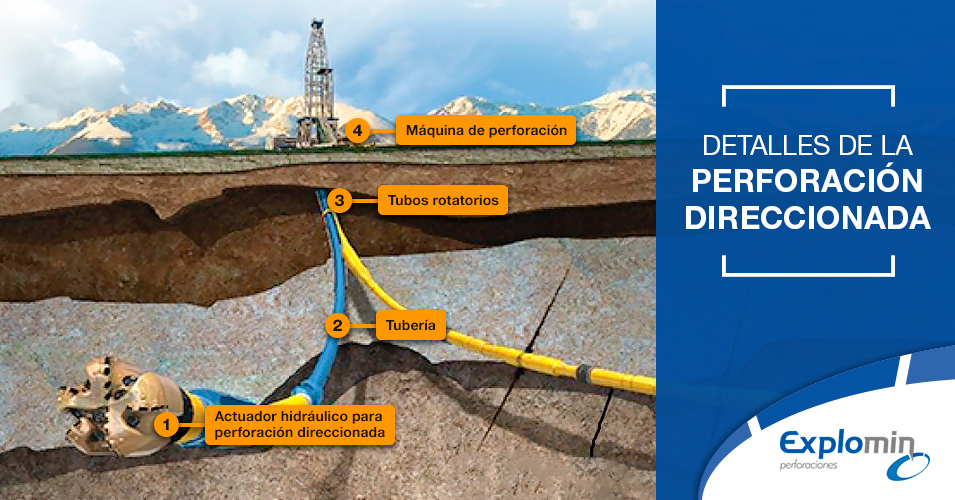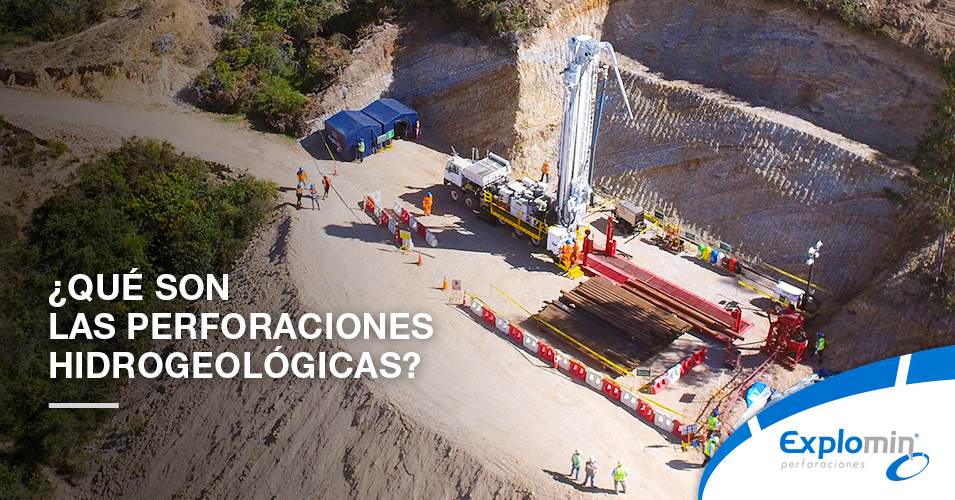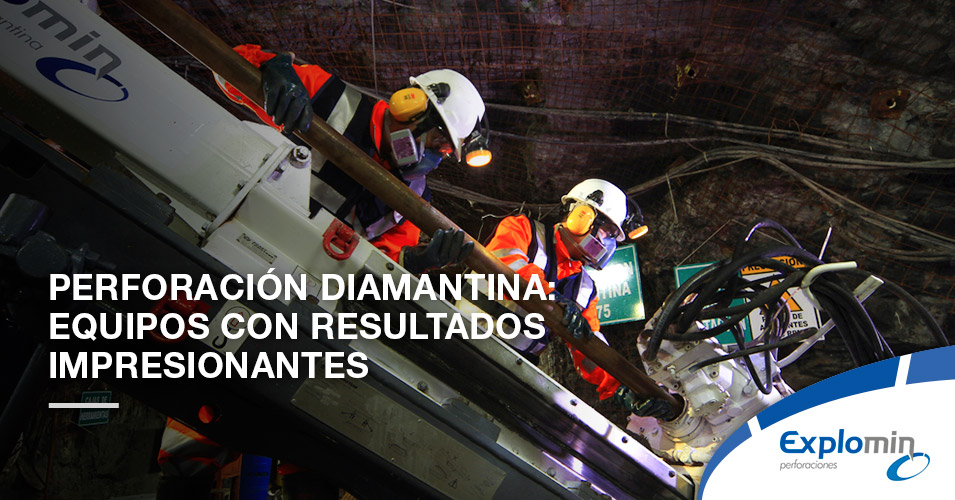En el ámbito de las perforaciones, hay una técnica especial conocida como perforación direccionada el cual tiene beneficios, tanto para la industria como para la preservación del medio ambiente. Entérese de qué se trata y qué aplicaciones tiene.
¿Qué es perforación direccionada?
Perforación direccionada es la técnica que permite la desviación intencional de un pozo desde una trayectoria inicial hacia una trayectoria final distinta de la inicial siguiendo un determinado programa establecido en términos de la profundidad y ubicación relativa del objetivo, espaciamiento entre pozos, facilidades de ubicación de la localización en el punto de superficie, buzamiento y espesor del objetivo a interceptar.
Las operaciones de perforación direccional también se efectúan para franquear un obstáculo como puede ser alguna herramienta atascada en el hoyo, una laguna o perforar desde puntos inaccesibles respecto del objetivo.

Aplicaciones:
Zonas inaccesibles
- Superficiales como lagos, ríos, áreas ecológicas sensibles, etc.
Geología compleja
- Perforación en zonas riesgo de desviación.
Perforación controlada
Atravesando formaciones para:
- Identificación de fallas.
- Desgasificación vetas de carbón.
- Obras civiles.
- Otras.
Múltiples pozos
- A partir de un pozo madre.
Pozos pilotos
- Para chimeneas asegurando y controlando la verticalidad de la perforación.
Identificación de objetivos
- Para identificar múltiples zonas predeterminadas.
Beneficios
- Ahorro de tiempo y de costos.
- Disminución del impacto ambiental.
- Perfora blancos con precisión.
- Controla la desviación natural.
- Recuperación continua de testigos, incluso en sección desviada.
- Reducción del número de plataformas.

El primer paso en la planeación de cualquier pozo direccional es diseñar la trayectoria del agujero para alcanzar un objetivo dado. El diseño inicial debe proponer los diferentes tipos de trayectoria que pueden ser perforados económicamente. El segundo, o diseño final debe incluir los efectos de las condiciones geológicas sobre los aparejos de fondo que serán utilizados y otros factores que pudieran influenciar la trayectoria final del agujero. Por lo tanto, podemos decir que la selección del tipo trayectoria dependerá principalmente de los siguientes factores:
- Características de la estructura geológica.
- Espaciamiento entre pozos.
- Profundidad vertical.
- Desplazamiento horizontal del objetivo.





